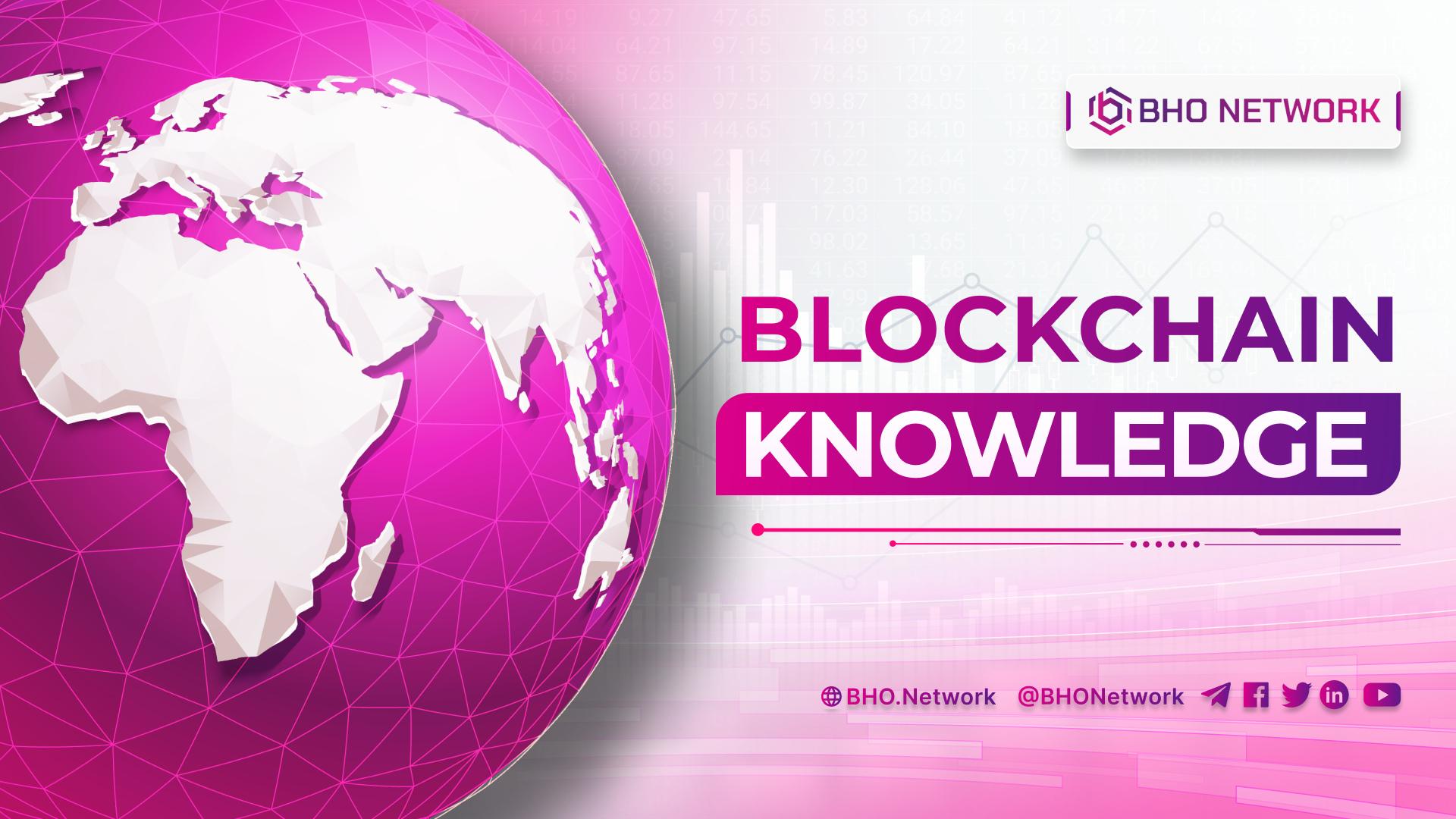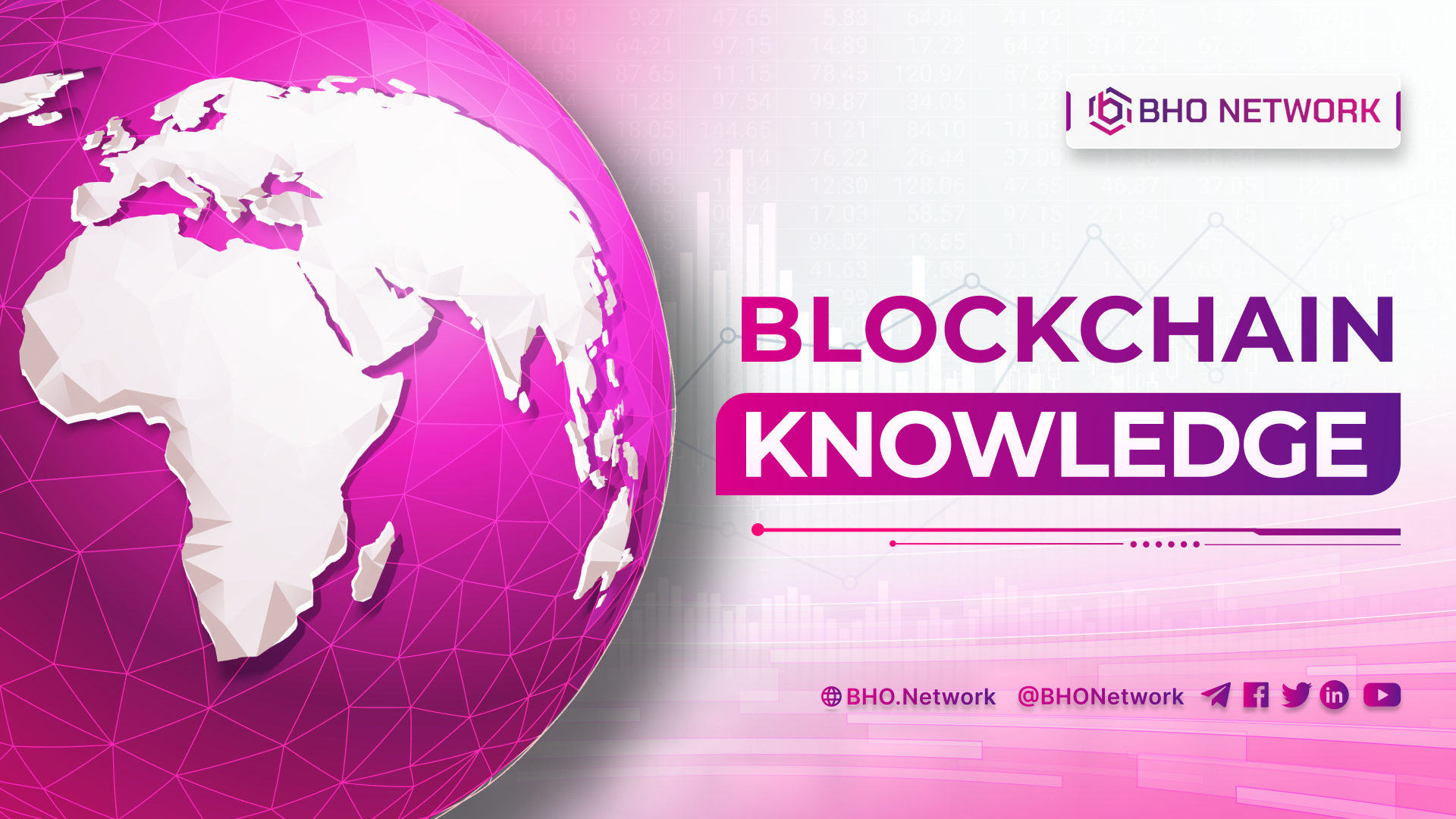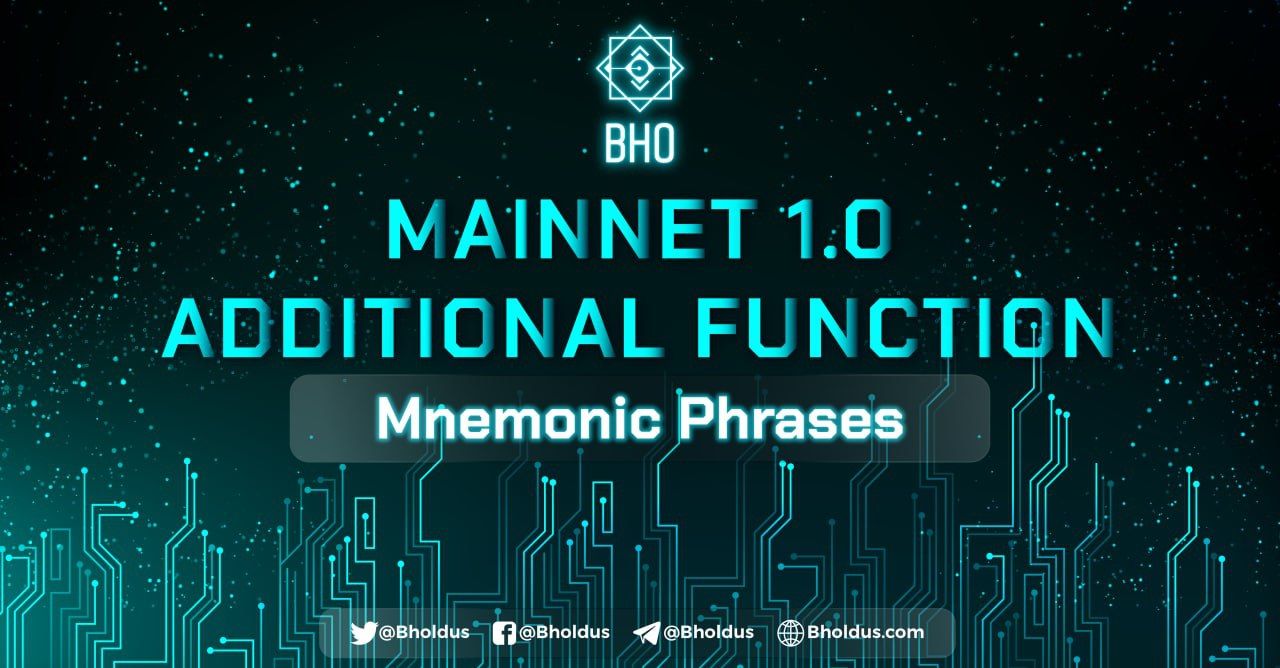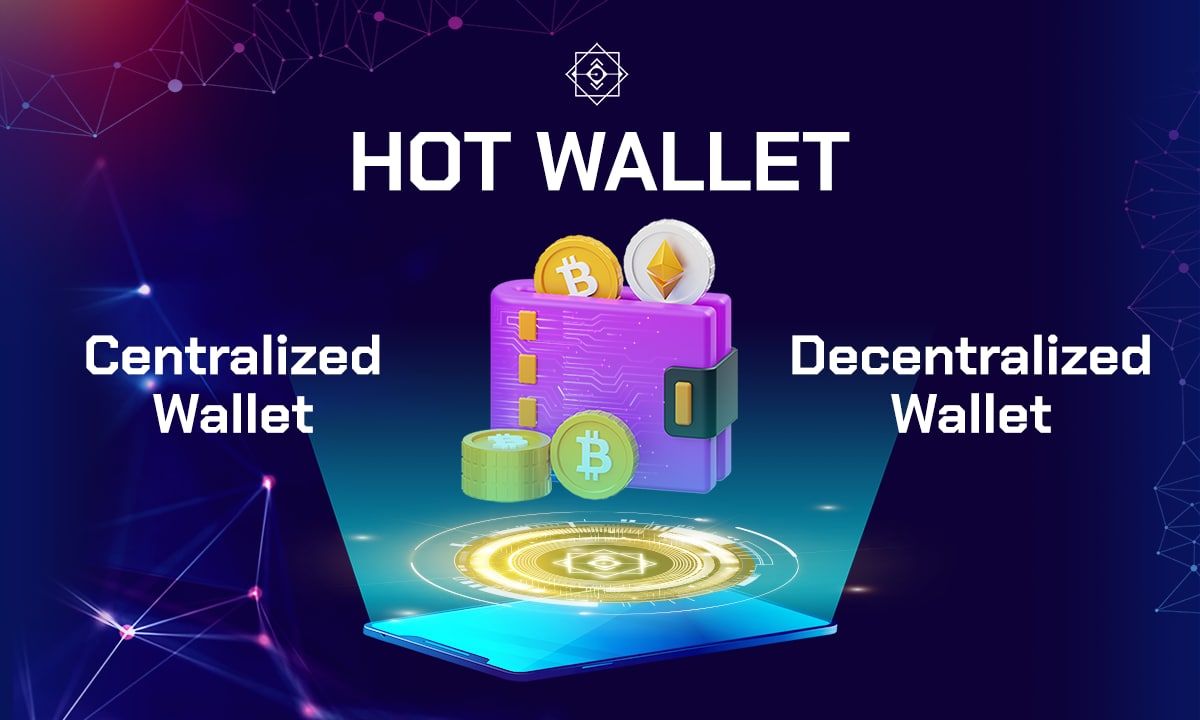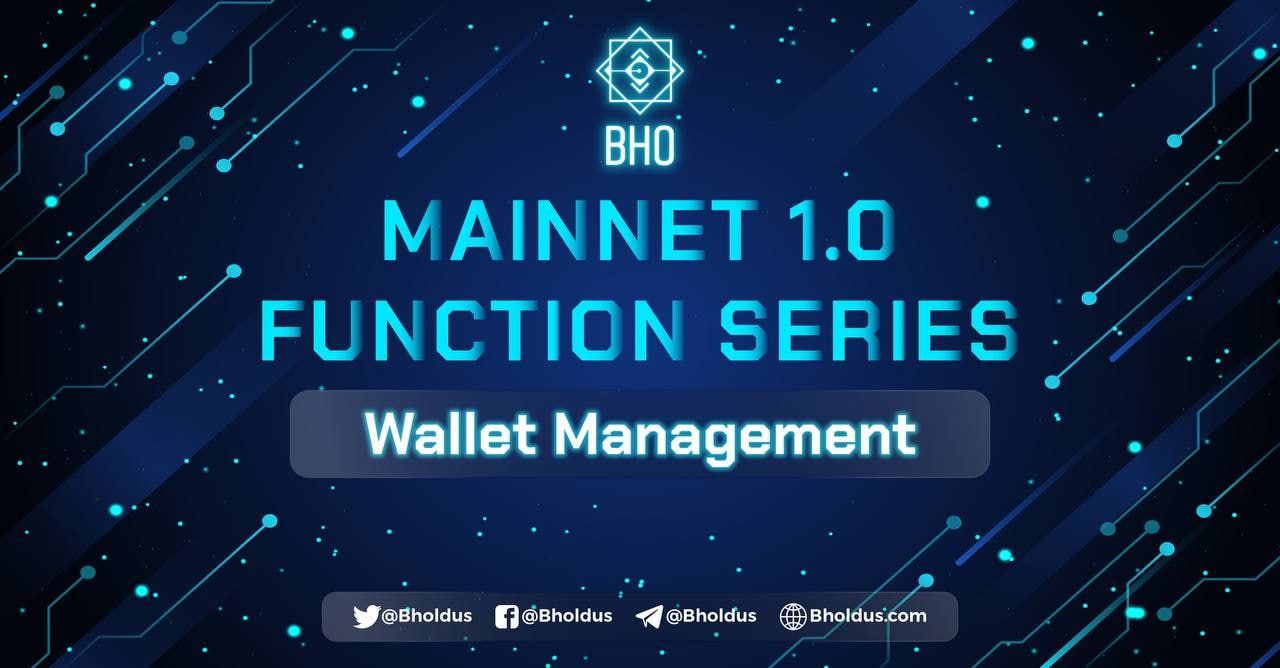- Blog
- Crypto News
- What is Liquidity Pool? All you need to know about Liquidity Pool
What is Liquidity Pool? All you need to know about Liquidity Pool
- 1. What is Liquidity Pool?
- 2. How does Liquidity Pool work
- 3. Comparison between Liquidity Pool and Order Book
- 4. The Role of the Liquidity Pool
- 5. Popular applications of Liquidity Pool in DeFi
- 6. Risks of Liquidity Pool
- 7. How to join in Liquidity Pool
- 8. Tips on joining Liquidity Pool
- 9. Some notable Liquidity Pool
What is Liquidity Pool? How does this platform work? What is the importance and application of Liquidity Pool in DeFi? These are issues that newbies are constantly wondering about. In today's article, BHO Network will help you better understand Liquidity Pool!
1. What is Liquidity Pool?
Liquidity Pool is tokens locked in a Smart Contract. Overall, Liquidity Pool is a straightforward concept and can be used in many different ways. Example: Liquidity Pool is used to facilitate trading between assets on a DEX exchange, Lending protocols, Synthetic Assets, Yield farming,...
It can be said that Liquidity Pool is one of the foundational technologies behind the success of DeFi. Liquidity Pool enables digital assets to be moved automatically and without permission to use Pools.
2. How does Liquidity Pool work
Liquidity Provider is one of the most important groups of people that help Liquidity Pool work effectively. Therefore, if it wants to work effectively, Liquidity Pool in cryptocurrency needs to be designed with appropriate Incentives for Liquidity Providers to provide their assets into the Liquidity Pool.
Because of this, most of the liquidity providers in DeFi earn trading fees and Yield Farming rewards from the DEX exchanges that provide liquidity.
When people provide liquidity to the pool, the Liquidity Provider usually gets LP Tokens back. LP Token represents the asset shares of liquidity providers in the Common Pool. In addition, LP Token can also be used throughout the DeFi network with various capabilities.
For Liquidity Market Maker (AMM) Liquidity Pools, at the time of a transaction, a transaction fee is kept in the liquidity pool and disproportionally distributed among LP token holders.
The Liquidity Pools in AMM also maintain the market value for all Tokens in the pool, thanks to the AMM algorithm. In different protocols, the Liquidity Pool may use slightly different algorithms.
For example, Liquidity Pool Uniswap uses a constant product formula (K=X*Y) to maintain a price ratio to the number of Tokens in the pool.
Read more: What is Low Cap Coin? 5 steps to investing Low Cap Coin
3. Comparison between Liquidity Pool and Order Book
Order Book is an option that can be applied to the DeFi ecosystem. However, the downside of Order Book is that it is pricey, stressful for users, and slow. Currently, market makers tend to cancel orders and increase the price of participants on the exchange.
That shows unfairness. Many cryptocurrencies would not be ideal for participating in this model. For example, ETH has Gas charged to interact with Smart Contracts, slow down transactions, and many requests are made, making it difficult for users to update orders.
Liquidity Pool focuses on solving these fundamental problems of the Order Book model. The liquidity pool is more of an upgrade as well as entirely decentralized. Transactions on DeFi are done faster and more securely, providing a better user experience.
4. The Role of the Liquidity Pool
Any experienced trader in DeFi or the traditional markets will know about the potential downsides of participating in a market that doesn't have much liquidity. Whether it's low-cap cryptocurrencies or Penny stock, slippage will always be a concern when trying to enter or exit any trade.
Slippage is the difference between the executed price and the expected price of a trade. Slippage occurs most often during periods of high market volatility. In addition, slippage can occur when a large order is executed, but there is not enough volume at the selected price to maintain the bid and ask price difference.
One way to achieve liquidity is to use Order Books, similar to those in the stock market. There, the seller and buyer of the asset place orders specifying the price and quantity of the asset they want to buy or sell. A transaction occurs when the seller and the buyer meet at the same price.
In reality, this is hugely inefficient because you have to set a price that other people are willing to accept, which means you may be forced to bid low again or wait a long time for someone to get your desired price.
The solution to this outdated method is a Liquidity Pool that runs an algorithm. This, in turn, makes buying or selling an asset easier and doable regardless of the time or price of the day.
Liquidity Pool solves this problem by incentivizing participants to provide liquidity instead of having buyers and sellers match in the Order Book. That means participants can exchange their assets and Tokens using the liquidity supplied by LP and trade through Smart Contracts.
5. Popular applications of Liquidity Pool in DeFi
At this point, you must have understood what Liquidity Pool is? So what does the application of Liquidity Pool in the DeFi ecosystem include? There are currently six popular applications on this platform. Here is the specific information. Stay tuned!
Decentralized Exchange (DEX)
Liquidity Pool plays a significant role in the DeFi decentralized financial system. Especially when it comes to decentralized exchanges (DEXs). In a word, Liquidity Pool provides the speed, liquidity, and convenience essential for DEXs to function correctly.
Before AMM was founded, DeFi liquidity was a challenge for DEXs on the Ethereum platform. At that time, DEX was a new technology with few buyers and sellers and a complex interface, so it was difficult to have a ready number of investors to trade regularly.
AMMs improve this limited liquidity problem by creating Liquidity Pools and giving LPs an incentive to supply assets to those Pools without the need for any intermediaries. The more assets in the pool, the more liquidity and easier transactions on decentralized exchanges.
Bancor was one of the first platforms to use the Liquidity Pool. This is a trading system developed based on the Ethereum platform. However, Bancor only gained popularity in the crypto space after the success of Uniswap. A few other popular decentralized exchanges that use Liquidity Pool:
- Ethereum Platform: Balancer, SushiSwap and Curve.
- Binance Smart Chain Platform (BSC): BakerySwap, PancakeSwap and BurgerSwap.
Yield Farming
AMM is the most popular application of Liquidity Pool, but AMM is much broader than that. Yield Farming or Liquidity Farming is one of them. Liquidity Pools are the basis of automated profit-generating platforms like Yearn Finance, where users add their own Tokens to each pool. These Pools will be used to generate profits.
Lending
Lending and Borrowing is another application of Liquidity Pool. Here, the borrower will deposit his Token into the protocol as collateral and then borrow another asset from it. The fee will be determined based on the supply and demand of the asset that the user borrows.
On the other side, when the lender deposits assets into the protocol, a part of the borrower's interest will be returned under the Pool mechanism.
Token Distribution
Liquidity Pool has come up with an efficient solution to distribute new tokens to the right users in crypto projects. Tokens are distributed algorithmically to users who have placed their tokens in Liquidity Pool for better performance.
Next, new tokens will be distributed based on the token deposit rate of each user in the pool. At the same time, users will likely benefit from LP token.
Mint Synthetic token
Liquidity Pool is used when minting Synthetic Assets on Blockchain protocol. People can generate a Synthetic token by placing some collateral in a Liquidity Pool and connecting to a reputable Oracle.
Tranching
Another advanced use of Liquidity Pools is Tranching (structured finance). This term is borrowed from traditional finance and refers to the division of financial products based on return and risk. Those products allow LPs to choose custom risk and return profiles.
Governance
The Liquidity Pool serves as a valuable tool in governance. Developers can go through it to hold votes to establish proposals and development directions for their projects.
6. Risks of Liquidity Pool
What risks of Liquidity Pool users need to pay attention to when participating in this platform?
Smart Contract Risk
When a user deposits money into a Liquidity Pool, the owner of that money is the pool. So while there will technically be no intermediary holding your funds, the smart contract can be seen as the custodian of those funds. Therefore, your funds may be lost forever if any error occurs with a smart contract like Flash Loans.
Impermanent Loss
To provide liquidity to an AMM, you need to know about Impermanent Loss. The risk of temporary loss occurs when the price of a Token drops from when you deposited the Token into the Liquidity Pool, resulting in a loss, compared to when you just HODL and leave the Token in your wallet.
It's called that because of the potential losses and occurred only when you withdrew tokens from the pool. These losses can decrease or even disappear entirely, depending on market changes.
Access Risks
You should be wary of projects where the developer has the power to change the pool's rules because developers can lock the participant's right to withdraw assets from the pool or grant access only to themselves by changing the smart contract source code.
That gives developers complete control over the funds in the pool. Also known as Rug Pull - a typical liquidity withdrawal scam in the DeFi ecosystem.
7. How to join in Liquidity Pool
When you want to provide $100 liquidity to CELO and USDC, you need to deposit $100 CELO and $100 USDC total deposit value of $200. After providing liquidity to the pool, you will receive the amount of LP Token corresponding to the amount you deposit into the pool.
Every time a transaction is made, the transaction fee will be deducted from the transaction. Next, it will be sent to the smart contract containing the pool. For most decentralized exchanges, the transaction fee will be 0.3%.
The calculation is as follows: with $ 100 providing liquidity to the CELO and USDC team as above, assuming you generate 1% of the total contribution liquidity, then you will get back 1% of 0.3% for all trades.
Read more: What is White Paper? Knowledge to know about the white paper
8. Tips on joining Liquidity Pool
In the DeFi system, there are always hidden risks. When participating in Liquidity Pool, you must find a safe and reputable protocol to avoid the risk of system failure and security. At the same time, you must comprehend Impermanent Loss well. Here are ways you can maximize your profits when participating in a liquidity provider:
- Stop providing liquidity when the market is volatile.
- Choose liquidity pools that offer greater returns than the risk of temporary losses.
- Wait for the ratio between the two cryptocurrencies to recover to the original level before proceeding to withdraw liquidity.
- Choose Liquidity Pools with low volatility, such as Stablecoins.
9. Some notable Liquidity Pool
You can refer to a few Uniswap outstanding Liquidity Pools:
- Balancer
- Bancor
- Convexity
- OIN
- Finance
- KeeperDAO
- ICTE
- DversiFi
- Kyber Network
- Unipig and StarkDEX
- DeversiFi -one of the most prominent Liquidity Pool
Related posts:
Through this article, you must have grasped the general information to answer the question What is Liquidity Pool? We hope the above information will help you be more confident when participating in the liquidity pool. Don't forget to follow BHO Network to update the latest information about Liquidity Pool!
Published on July 18, 2022
Tagged topics
